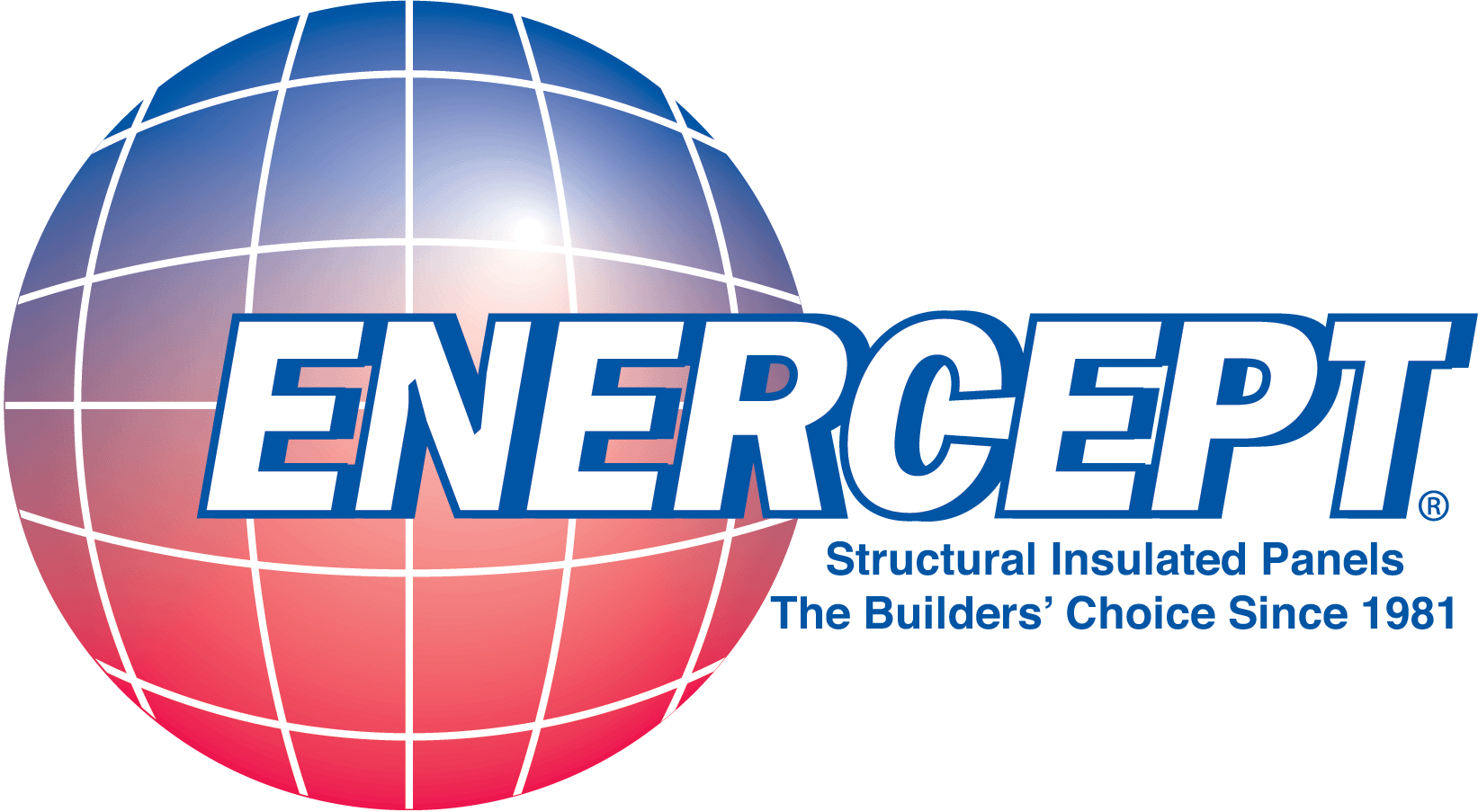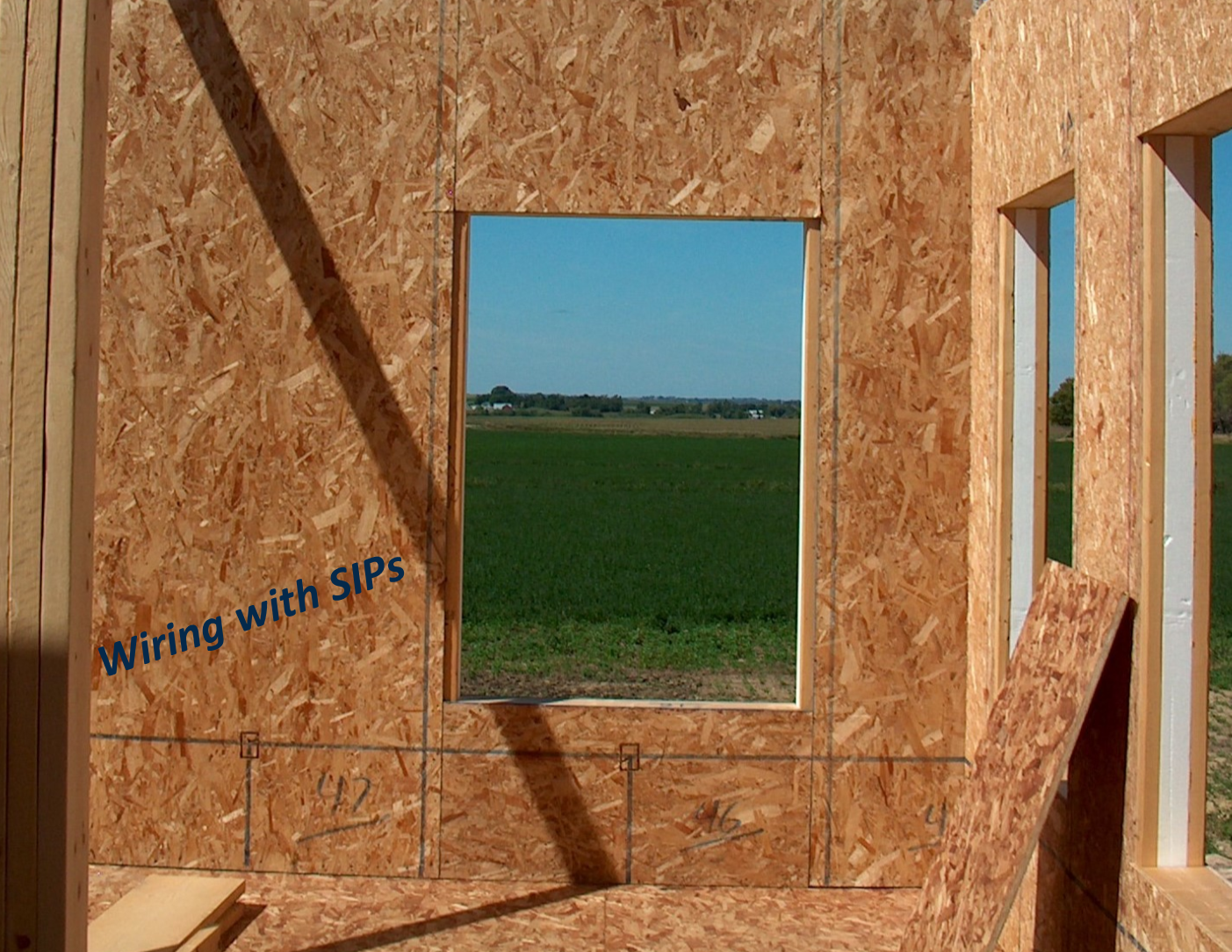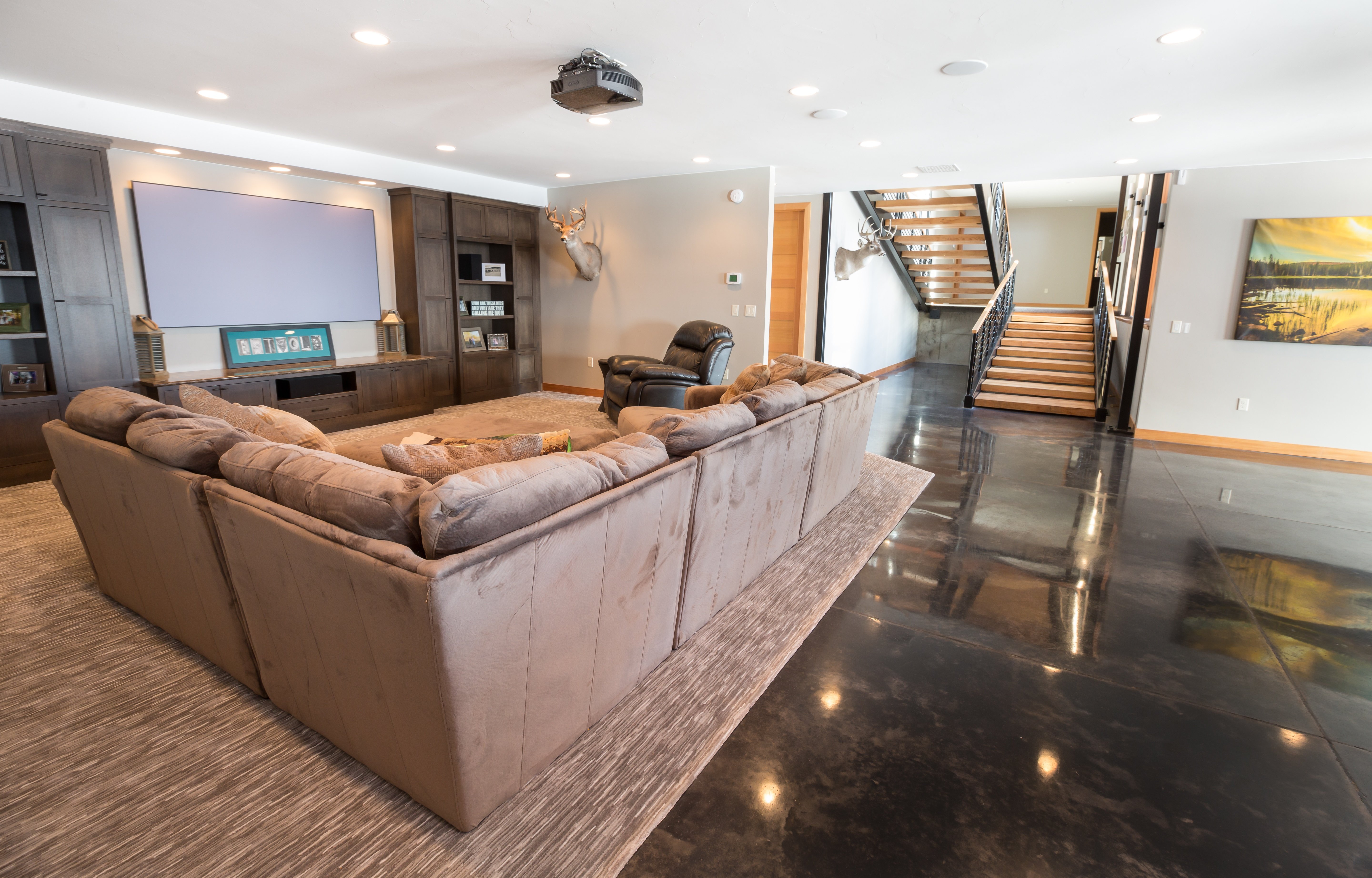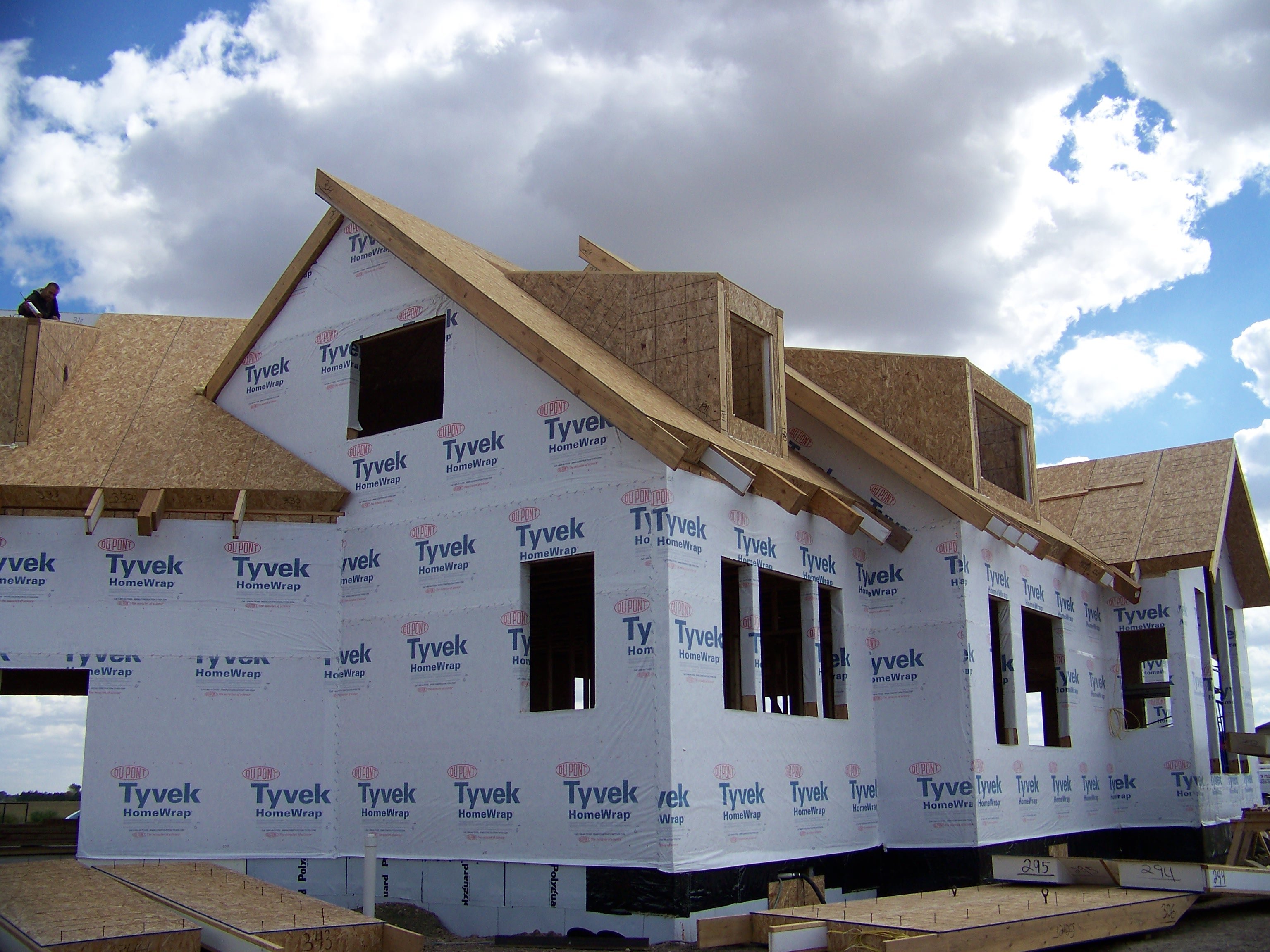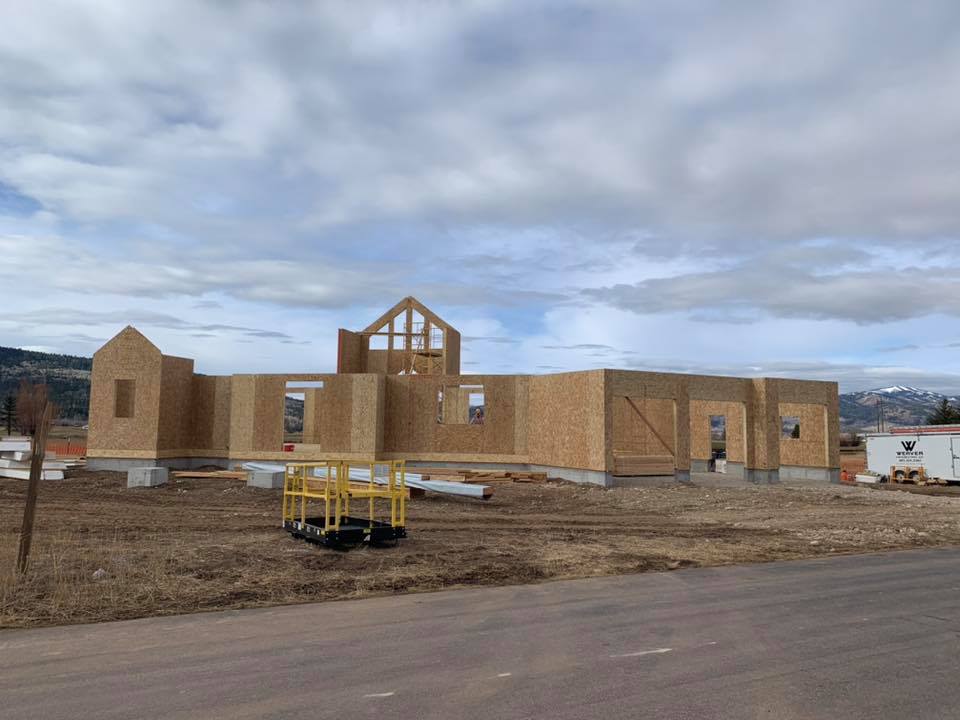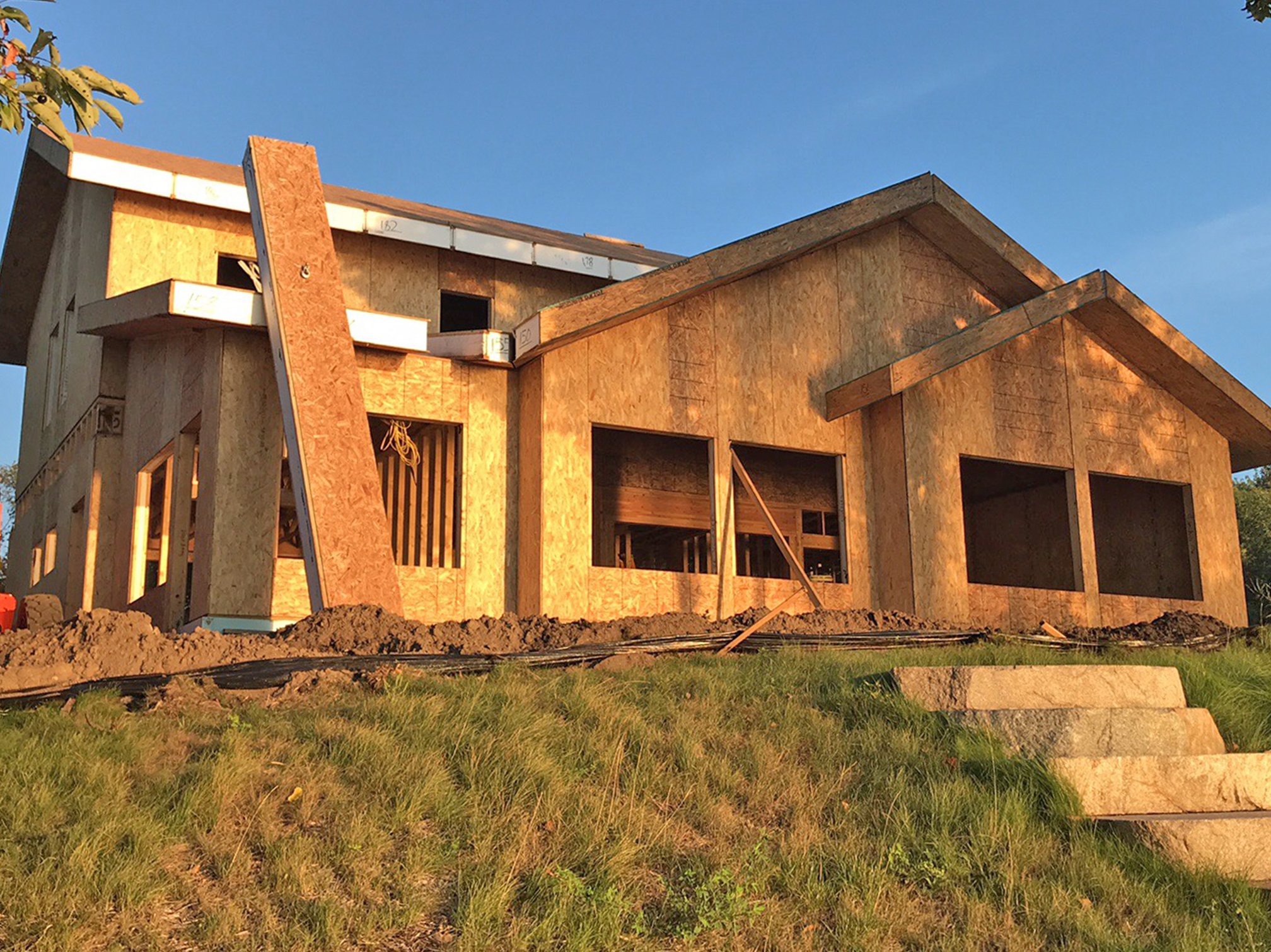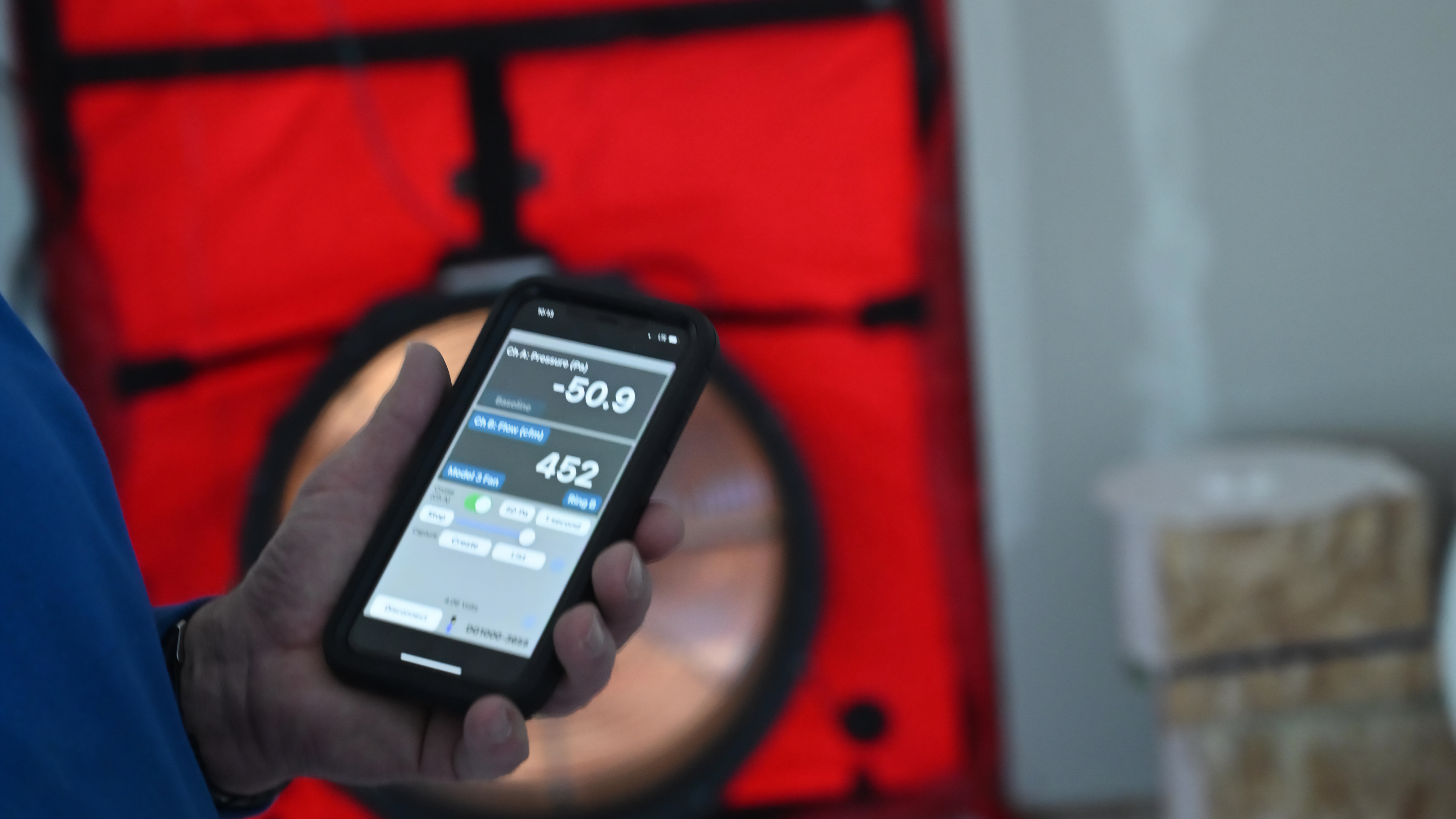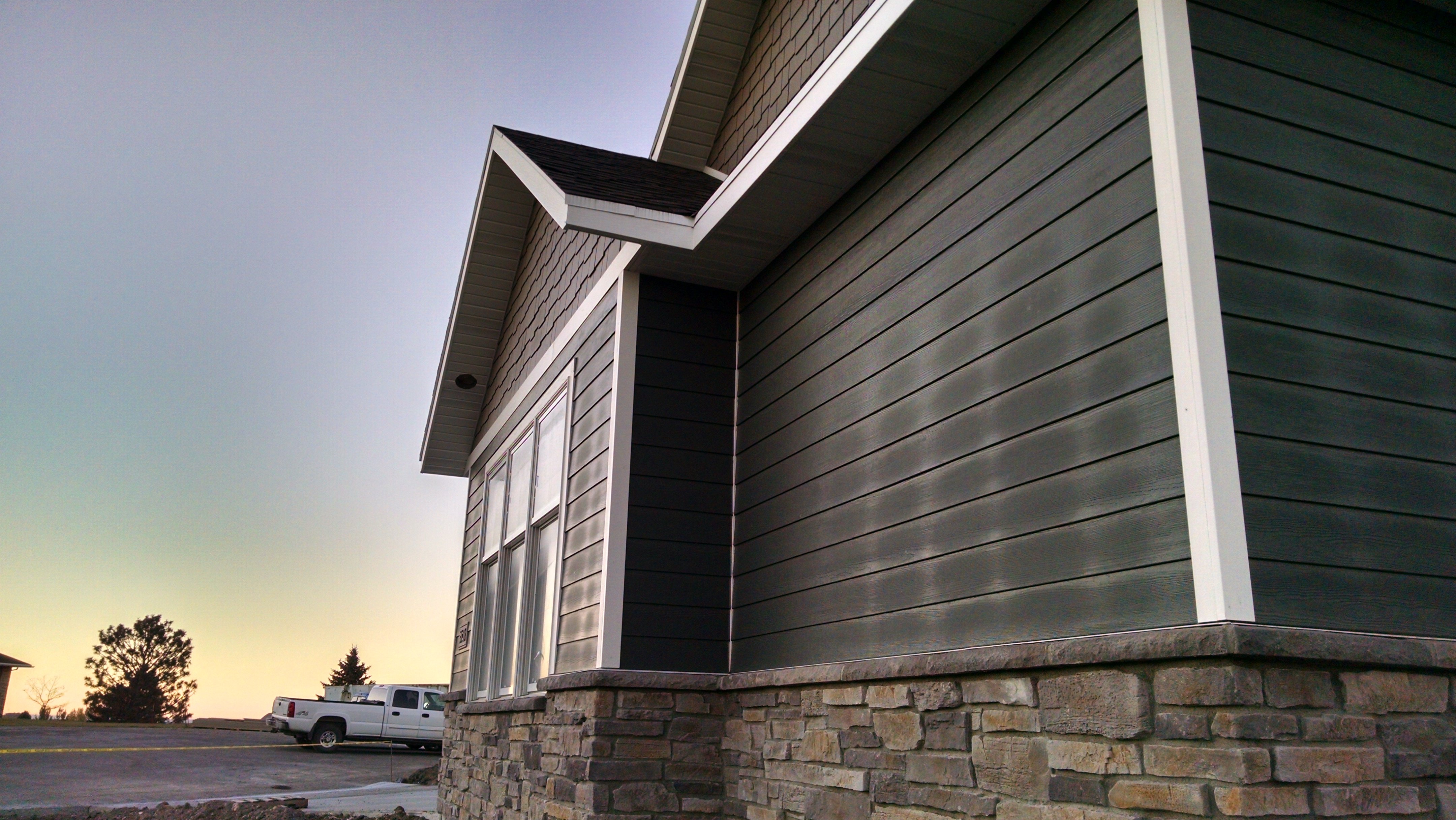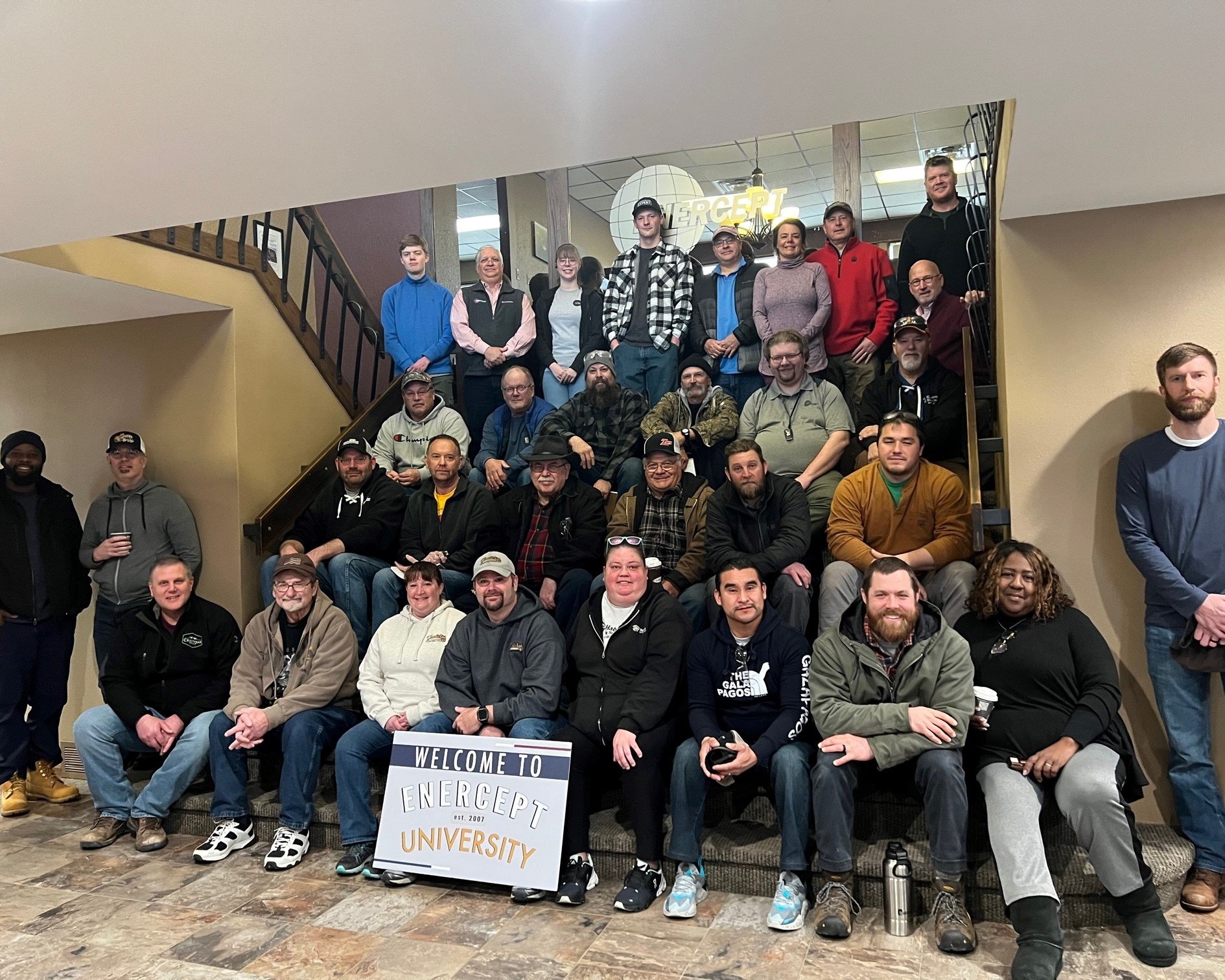Unlock the secrets to affordable homes for millennial buyers
Aiming for the basics and a truly ‘smart’ home are key
Americans born between 1981 and 1997 (the definition of ‘millennial’ provided by Pew Research Center) have been a bit of a conundrum for the building and housing industry. In a recent Builderonline.com article, John McManus of the Hanley Group in Washington, DC, pointed out the questions which, only three or four years ago, were quite puzzling about millennials and housing:
“1) Will millennials ever want to buy homes, or only rent apartments in cool, urban, connected neighborhoods?
2) Will millennials ever be able to buy homes, given their debt from college loans, constraints on their early-career income, and an absurdly tight housing finance credit box?
3) Will millennials ever begin to resemble other coming-of-age young adults in their home ownership patterns and the impact that has, not only on the housing economy but the economy on a broader scale?"
Those questions, he concludes in the article, have finally been answered: Yes!
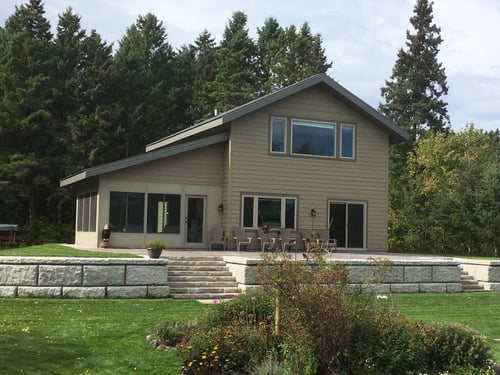
This generation is behaving much like almost every one preceding it when it comes to home ownership — they’re just doing it three-to-six years later than those prior generations
There are a few key strategies to keep in mind when working with and appealing to millennials:
-
Deal with their debt
As a builder, student loan debt may be the furthest thing from your mind. However, if you’re building for millennial clients, it does have an impact on you as a builder. Chances are, your millennial client needs to be able to qualify for a home loan, and massive student loan debt could be a hurdle. Fortunately, rules on deferred student loan debt changed in 2015, casting a more favorable light on that debt when calculating the debt-to-income ratio for FHA loans. Millennial home buyers will also find low down payments attractive, and there are often many options to keep them to a minimum. Be sure your clients are working with lending professionals who are well versed in these areas.
-
Affordability
With median annual income ranging from a low of $18,000 in Montana to a high of $43,000 in the District of Columbia, the median millennial can afford slightly more than $1,000 per month for housing. This includes principal, interest, taxes, and insurance. That means, in most areas, homes around $200,000 would be at the high end of a typical millennial budget- Consider a smaller footprint
- Plan space efficiently
- Offer attractive alternatives to high-end fixtures, granite counter tops, and custom tile
- Suggest an energy efficient SIP home that will continue to save them money on a monthly basis
-
Avoid Expensive Technology
The latest gadgets may be tempting, but they can also cause costs to rise astronomically. While fun and convenient, will high-tech gizmos still be relevant in five or ten years? Alternatively, even once their novelty wears off? Plus, they can be added at a later date.
-
Encourage Millenials to Act Sooner Rather than Later
Building costs are going up, due to two factors: labor shortage and rising costs of materials.
Saving construction costs for millenials:
- Faster construction—Structural insulated panels combine structural framing, insulation, and sheathing into one step. All Enercept window and door openings are factory built, complete with framing and headers. The fast enclosure system also extends your building season.
- Less framing labor—Building with Enercept requires less on-site labor, saving you money. Enercept can also provide on-site technical training for builders new to SIP construction.
- Less job site waste—The typical exterior framing waste of an Enercept home can be hauled off in a single 55 gallon container or pick-up bed instead of renting a roll-off container.
- Fewer framing errors—SIPs reduce the margin for framing errors. Each panel is numbered to correspond with a computerized CAD panel blueprint. With the Enercept 4′-wide panel system, all rough openings are cut and framed at the factory, and include structural headers. Panels are built to the engineer’s specs, taking the hassle and guesswork out of design and quality control on-site.

Though they’ve been a difficult demographic to decipher, millennials are demonstrating readiness for home ownership. By keeping the keys above in mind, builders can unlock a large cache of potential home buyers … and open doors to properties that are a perfect fit for their millennial clients.
The future of framing is happening now. The future of framing is Enercept SIPs.
Our Mission: Our Commitment
When you build with Enercept SIPs we provide a building that will go up faster and will be warmer, tighter, stronger, quieter and more cost-effective than conventional construction. It is a commitment that others simply can’t beat!
